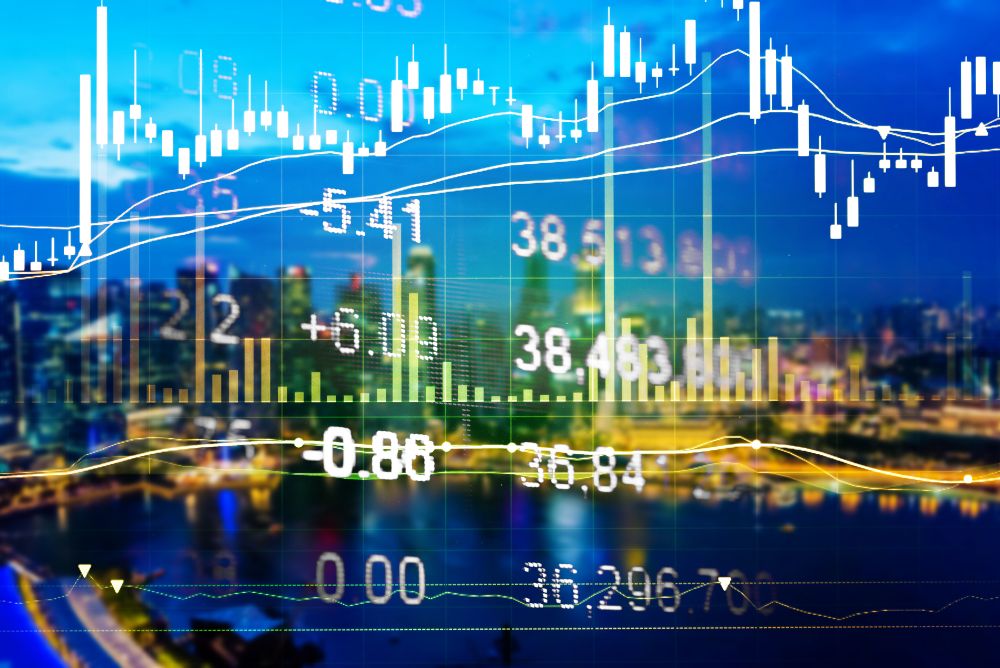THROUGHOUT 2017, the Asian high yield bond market saw decreasing yields due to rising demand from investors on the hunt for yield, coupled with a lack of high-yield bond supply in the region.
“Asian high yield bond spreads are tight and they are more expensive,” says Tai Hui, chief market strategist for Asia at J.P. Morgan Asset Management. “But at the same time, the growth environment is okay,” he adds.
Data from Dealogic show that the high yield issuance between January 2017 to August 2017 was up 350% in Asia ex-Japan, compared with the same period in 2016, totalling US$48 billion. Chinese issuers contributed over 80% of total high yield issuance in the region.
In 2017, the National Development and Reform Commission (NDRC) tightened regulations governing offshore bond issuance by Chinese companies, adopting a pre-approval process over the previous registration process. The tighter controls are part of China’s deleveraging attempts and to stop corporates using offshore issuances to circumvent capital controls. Sources told The Asset that in general under the new regulations the NDRC will not give approval for issuances over US$300 million in the offshore market
Chinese real estate developers, such as Evergrande, have been active in the high yield space for the past few years. However, with the NDRC’s recent restrictions fewer Chinese property developers have managed to successfully issue bonds offshore.
“If you have bonds maturing, they [the NDRC] will give you a quota. If you have bonds callable, they may not give you the full quota,” says the head of high yield products at a global investment bank in Hong Kong an interview with The Asset. “The sector is shifting away from real estate to non-real estate, which is extremely helpful for the high yield market.”
According to ANZ, Chinese investors bought about 65% of the debt sold by Chinese issuers in the first half of 2017 in the offshore market. Sources told The Asset that some Chinese investors are even adding leverage to their high yield bond investments, in a bid to artificially increase their bond investment yield. Following Chinese asset managers such as China Huarong AMC, international investors such as Blackrock are also massively buying into high yield bonds, driving down yields.
“International investors were very negative in middle of last year and under-allocating themselves. And then they realized that the market was not correcting. Everyone is buying. So now they [international investors] are the big buyers again,” says the high yield head. “The international guys were waiting for China to be downgraded, and for the property market to explode, but it did not change anything.”
In August, Chinese real estate developer Agile Group, rated at BB- by S&P and Ba3 by Moody’s, received a 10x oversubscription for their US$200 million bond issued on the Singapore Exchange. As of October 11, the net yield to maturity of the bond was only 4.031%.
“The market is moving on. The market is not buying them like they are triple B. Sometimes the market will force that correction,” says the high yield head.
“Many issuers in Asia have some government relationship or government ownership, so the actual risk of default in some cases are very low,” explains Hui. “Investors are buying this bond because potentially there is government behind it. And it is generating higher returns than the US and Europe.”









